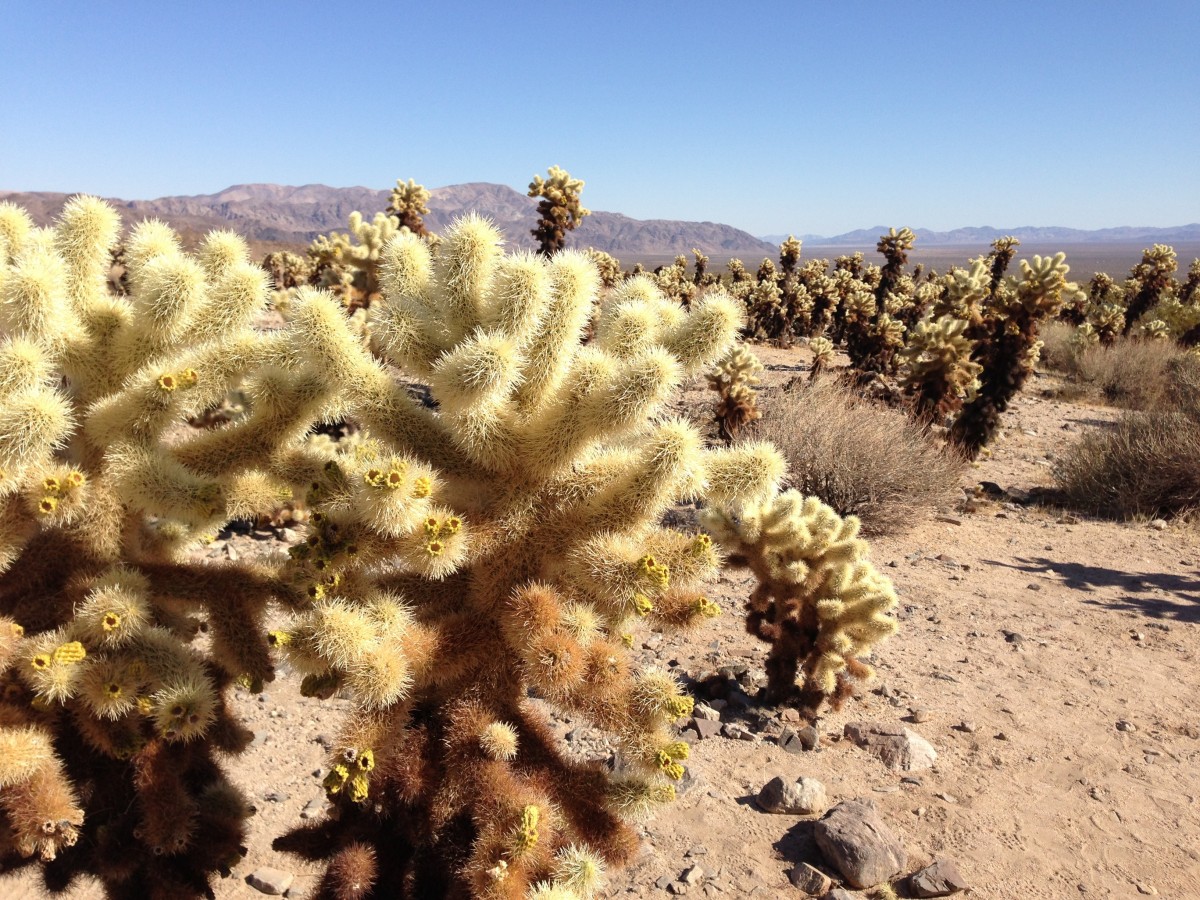When delving into the world of cacti, one quickly realizes that the simplicity of these plants belies their complex needs. Among the critical components of a thriving cactus habitat, sand emerges as an unsung hero in the formulation of the ideal soil mixture. While it may seem counterintuitive to think that coarse grains can hold the key to nurturing life in such resilient, drought-resistant organisms, a closer examination of cactus soil’s elemental composition reveals fascinating insights into why sand is paramount for healthy cactus growth.
Cacti are naturally adapted to arid environments, which influences their root systems and soil preferences. Understanding the role of sand not only informs effective cultivation practices but also highlights the intricate relationship between a cactus’s ecological origins and its conditions for optimal growth.
Why is Sand Essential for Cactus Soil?
In the wild, cacti find their home in soils that are often sandy, rocky, or otherwise porous. The necessity of sand in cactus soil can be attributed to several key factors, including drainage, aeration, and nutrient retention. Each of these elements plays a pivotal role in mimicking the cactus’s native habitat, promoting overall health and vitality.
Drainage: The Lifeblood of Cacti
At the foremost, proper drainage is vital for cacti. Unlike other plants, cacti are particularly susceptible to root rot if water is allowed to stagnate around their roots. This susceptibility stems from their evolutionary adaptations to arid environments where rainfall is sparse and occurs sporadically. Sand facilitates rapid water drainage, allowing excess moisture to exit the soil quickly. The coarse texture of sand creates air pockets in the soil that promote a faster flow of water. This is crucial for preventing the roots from sitting in waterlogged conditions, which can lead to fungal diseases and decay.
Aeration: Breathing Life into the Soil
In conjunction with superior drainage, sand improves soil aeration. Cacti require oxygen at their roots for optimal growth and metabolic processes. When soil is compacted, it limits the flow of air to the roots, stunting growth and potentially leading to root suffocation. The inclusion of sand mitigates this risk by ensuring that the soil remains loose and porous. Consequently, the roots are granted the space they need to expand, develop, and absorb essential nutrients while maintaining their health.
Nutrient Retention: The Balancing Act
Though cacti do not require voluminous nutrients compared to many other plants, a careful balance of nutrients is still essential for their growth. The sandy soil promotes a specific type of balance that caters to the minimalistic requirements of cacti. As sand retains some moisture without becoming overly saturated, it also allows for the gentle leaching of nutrients during watering. This leaching process ensures that the soil is cleansed while also making vital minerals more accessible when the roots seek nourishment.
Creating the Perfect Cactus Soil Mix
Constructing an ideal cactus soil mix necessitates a nuanced approach that incorporates sand along with other components. The goal is to achieve a blend reminiscent of the arid, rocky terrains where cacti typically thrive.
Sand Varieties: Which to Choose?
When selecting sand for cactus soil, the type can significantly impact the overall health of the plant. Coarse, sharp sand is preferable, as it prevents compaction and helps facilitate drainage. Builders’ sand or horticultural sand, free of organic matter or fine particles, are recommended. Avoid any sand that is too fine, as it can create a cement-like consistency when mixed with moisture.
Introducing Other Components
In addition to sand, other ingredients often broaden the scope and functionality of cactus soil. Perlite or pumice are excellent additives, further enhancing drainage while providing aeration. These lightweight materials complement the sand and prevent the soil mix from becoming too heavy. A small amount of organic material, such as coconut coir or decomposed granite, can also be integrated to introduce a minimalistic nutrient base.
The Art of Watering
The interplay between sand and watering routines is paramount. Cacti should be watered sparingly, allowing the soil to dry out entirely between watering sessions. This method not only encourages strong root development but prevents the diseases associated with overwatering. The sandy soil supports this practice, effectively draining excess moisture before it threatens the health of the plant.
Monitoring and Adjustments
Successful cactus cultivation requires ongoing observation and flexibility in approach. Regularly assessing the condition of the soil ensures that issues such as compaction or poor drainage are promptly addressed. As attention shifts with changes in the seasons or watering frequency, keeping an eye on the soil’s texture and moisture retention is vital for sustained cactus health.
Conclusion: Understanding Cacti Through Sand
The importance of sand in cactus soil transcends mere practicality; it encapsulates the essence of these remarkable plants and their evolutionary history. Just as cacti have adapted to thrive in unforgiving desert landscapes, cultivating them with an understanding of their soil requirements speaks to a deeper appreciation for their unique beauty and tenacity. By mastering the art of soil composition, one unlocks the potential for thriving, vibrant cacti that continue to captivate and inspire. The journey into the realm of cacti is as much about understanding their surroundings as it is about cultivating them, making the role of sand in their soil not just practical but profoundly engaging.





Leave a Comment